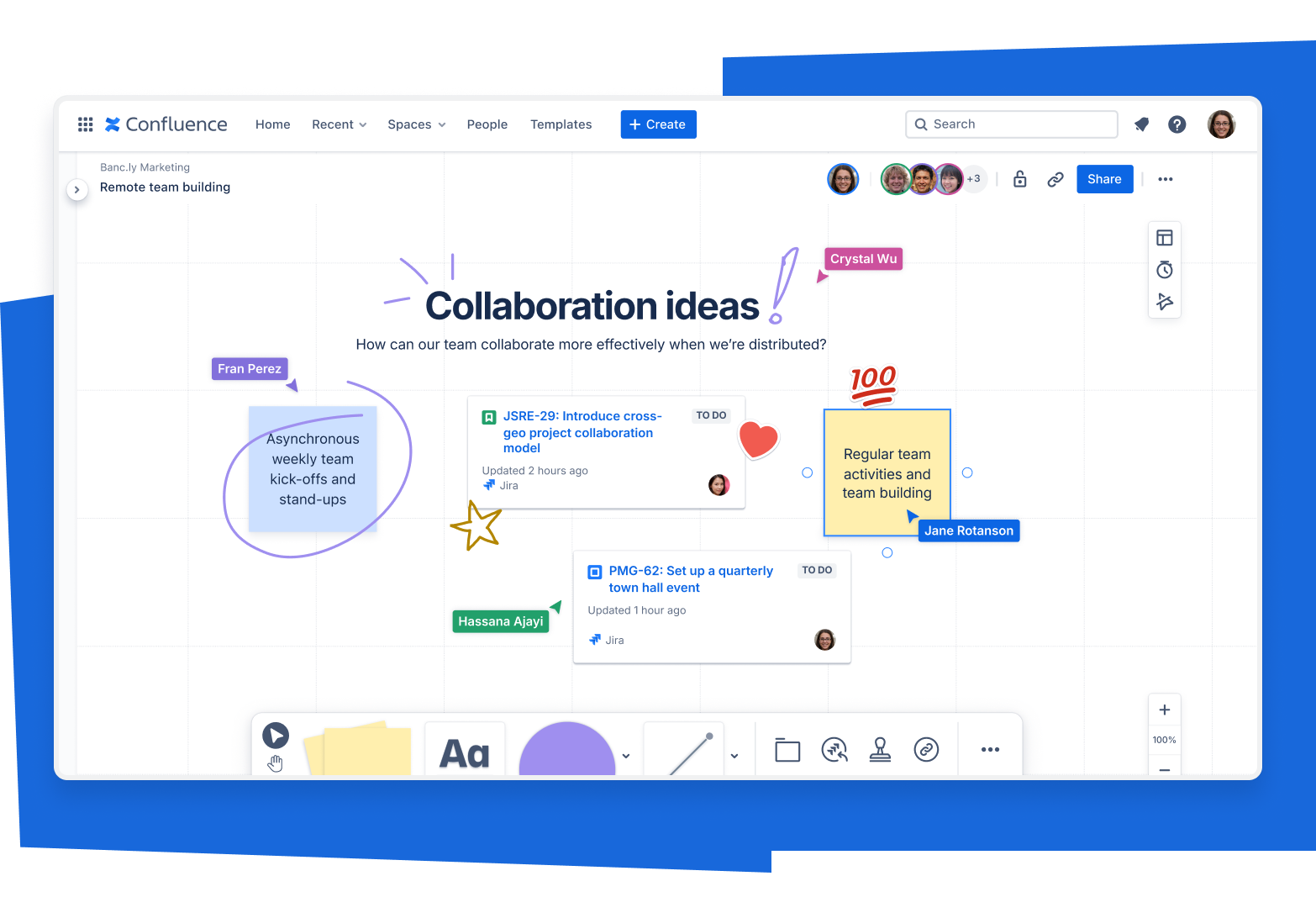What is PESTLE analysis & how does it work?
Esplora argomenti
Building your brand from a strategic perspective is key, and that starts with understanding the external factors that influence it. A PESTLE analysis is one technique for examining how outside factors, including political, economic, social, technological, legal, and environmental factors, influence your brand.
Conducting a PESTLE analysis can help with strategic planning by giving you more context about your brand and what impacts it. You can use this information to drive decision-making, identify threats and weaknesses, and protect your brand from business disruptions.
Understanding how to conduct a PESTLE analysis and use that information to guide your business is essential. In this guide, we’ll examine PESTLE model analysis and how it can help your business succeed.
